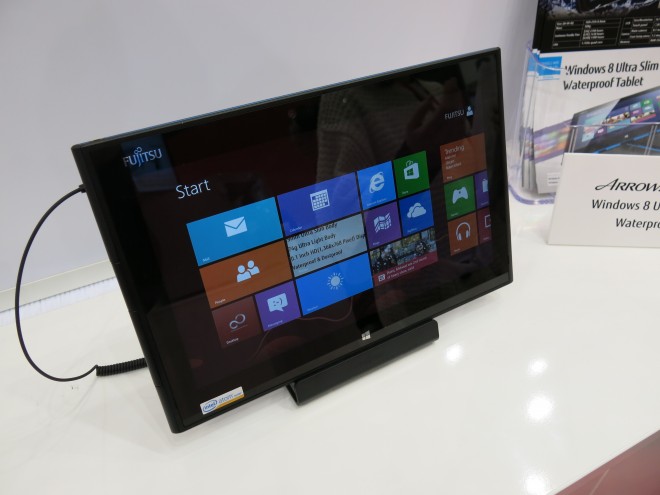

German system value - swipe left for UK, right for US GTX 1650 cards priced at Nvidia's recommended $149 price have boost clocks in the 1665-1750MHz range by comparison, which means about 5-10 percent lower performance. Of course, there's also the caveat that my testing has used a rather heavily overclocked MSI GTX 1650 Gaming X 4G (1860MHz boost vs. The GTX 970 was up to three times as fast. 4.5 years before the GTX 970, Nvidia launched the GTX 470. That sounds pretty good, though it definitely represents a slowing down of performance increases. In other words, a high-end 145W $330 card from 4.5 years ago has morphed into a budget 75W $150 card of today. Newer games tend to favor the GTX 1650, while older games are more likely to favor the GTX 970.
Tab fujitsu murah 4gb 1080p#
The GTX 1060 3GB meanwhile leads by 17 percent at 1080p medium and 9 percent at 1080p ultra, and the RX 570 4GB is in a similar position.Īnother point of interest: 2014's GTX 970 is only slightly faster (1-3 percent on average) than the GTX 1650, mostly due to improvements in architecture over the past two generations. Again, a lot of that is due to the 1050's limited VRAM, as the GTX 1050 Ti is much closer-the 1650 is about 30 percent faster. It's clearly faster than the GTX 1050, by 57 percent at 1080p medium and 73 percent at 1080p ultra in my testing. Overall, the GTX 1650 lands right about where expected. But let's stop with the preamble and get to the actual performance results.ġ080p 'ultra' testing - swipe left/right for additional charts. And third, the Turing architecture supports concurrent FP32 and INT calculations, which can boost performance another 10-30 percent over the Pascal GPUs (depending on the game and settings). First, the 1650 has more memory bandwidth and CUDA cores compared with the 1050/1050 Ti. The performance improvement comes from several changes. Given the specs, it should also be about 25-30 percent faster than the GTX 1050 Ti, but that also means it's likely slower than the GTX 1060 models.

Nvidia claims the GTX 1650 will be up to twice as fast as a GTX 950 and 50 percent faster than the GTX 1050, and that's probably a fair estimate, especially since both of those cards only have 2GB VRAM. They require more power than the 1650, but any PSU with the required 6-pin connector should more than suffice. However, if you want something faster than a base GTX 1650, you should probably look at the GTX 1660 or AMD's RX 570/580, or even a previous generation GTX 1060. It also has 32 ROPs (Render Outputs).įactory overclocked models like the Asus and MSI cards I'm using for testing of course cost more than the base models. Four active memory controllers on a 128-bit bus gives it 128GB/s of bandwidth, slightly more than the GTX 1050 Ti. The result is a die size that's about a third lower than the TU116, with 4.7 billion transistors.Īs expected, the GTX 1650 has 4GB of GDDR5, clocked at 8GT/s-the same speed as the GTX 1660 as well as the previous generation GTX 1060 cards. It's still built using TSMC's 12nm lithography, leaving 7nm for AMD's Radeon VII for now.

The key differences relative to the 1660 line are in the memory configuration and number of SMs (Streaming Multiprocessors), which in turn determines the number of CUDA cores, texture units, and ROPs. The GTX 1650 uses a new TU117 GPU, which is a smaller and thus less expensive variant of the TU116 that powers the GTX 16 Ti cards.


 0 kommentar(er)
0 kommentar(er)
